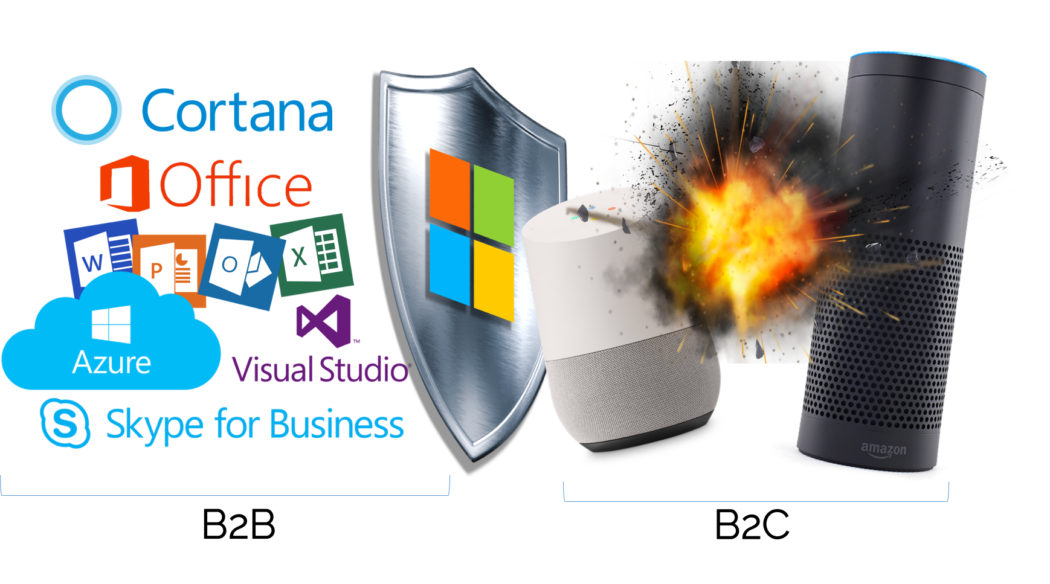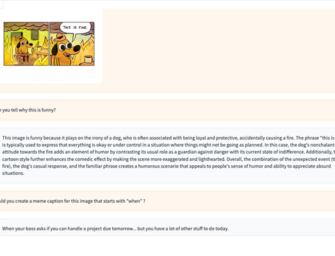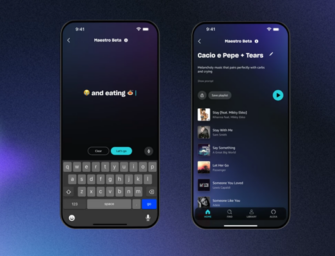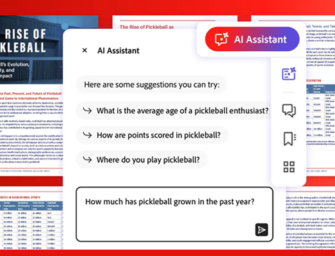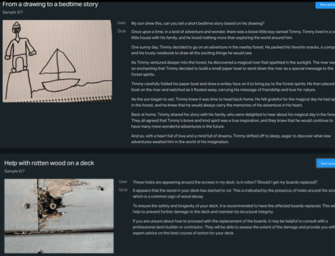Microsoft Should Go All-in with Cortana for B2B Voice Applications
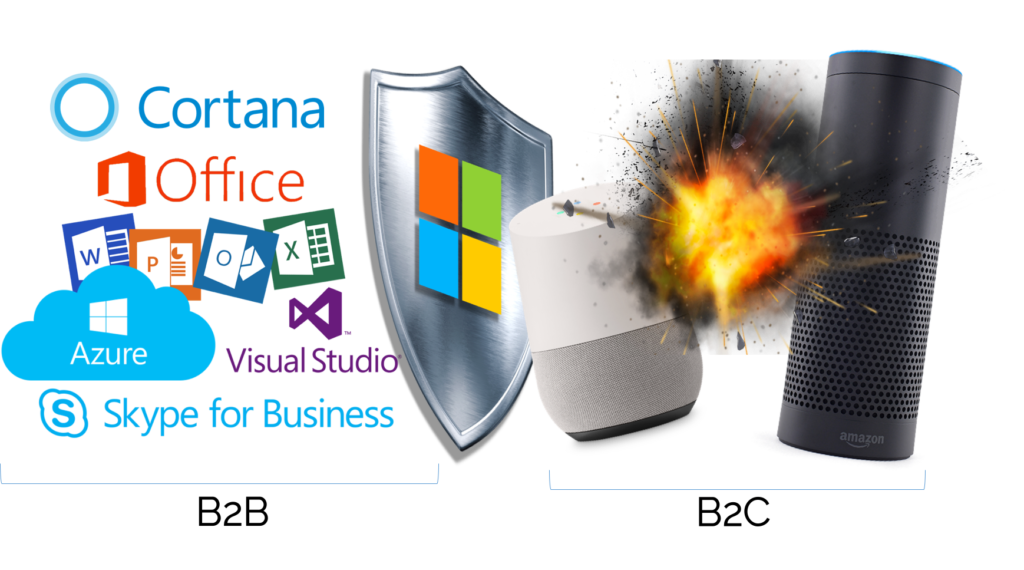
Microsoft has 145 million monthly active Cortana users according to a recent email the Cortana team is sending to Amazon Alexa developers. That likely represents the top user market share of all voice assistants. Bigger than Amazon Alexa and Google Assistant. This is true despite the fact that Microsoft doesn’t have a table-top voice assistant to match Amazon Echo or Google Home. Microsoft announced its partnership with Harman Kardon in December 2016 and the device is expected in Q2 2017. But, it may not make much difference in Cortana’s marketplace fortunes.
Courting Amazon Alexa Developers, but for What
In advance of the Harman Kardon launch Microsoft is ramping up its outreach to developers hoping to have a large catalog of Cortana skills (i.e. voice applications) available when the consumer device launches. However, that might simply be a convenient excuse designed to accommodate the general sentiment that the news home-based devices will drive the market. That may be a bad bet.
Cortana’s 145 million users should be eclipsed soon by hundreds of millions of Android iOS users. About 34% of Android users either have Google Assistant access today or soon will as additional countries are brought on line for Marshmallow and Nougat OS versions.
Cortana is widely viewed as impressive voice recognition and natural language understanding technology. In fact, it set a voice recognition record in 2016 before recently being bested by IBM. There is little doubt Cortana can be applied equally well today to build B2C or B2B applications. However, Microsoft’s traditional advantages in B2B because of its dominant office computing suite and growing Azure cloud services are mirrored by lackluster presence in B2C domains. Yes, up to 48 million of the monthly active Cortana users may be from Xbox – a clear B2C use case. More likely than not, well over 100 million are B2B users.
AI and Cortana are Critical to Microsoft’s Future
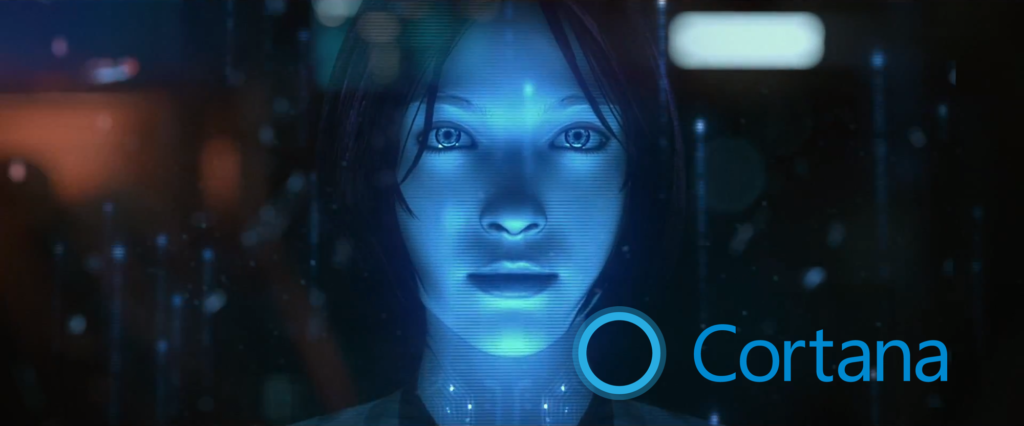
A November article in ARN suggested, “Microsoft seems to be banking on Cortana being one of the key ways its customers access AI in the future.” Voice-enabled virtual assistants are about more than just commanding a presence in the kitchen or living room. They are a gateway to AI-based services. IDC Research Director David Schubmehl said to ARN, “AI, agents and all, will be central to everything that Microsoft does in a relatively short space of time.” The success of Cortana is essential because of its tie to AI and Microsoft’s core business productivity offerings.
The AI-enabled voice assistant market is getting large fast and the biggest companies in technology are vying for position. Microsoft should leverage its historic strengths in B2B to make Cortana a dominant player in professional productivity and leave others to war over the consumer market.
Cortana Competitors Have Many Advantages with Consumers

Cortana’s top competitors in B2C voice applications today are clearly Amazon Alexa, Google Assistant and Apple Siri. All three have consumer-facing businesses that dwarf Microsoft. Amazon has a large, loyal base of consumer shoppers topping 300 million with millions of Echo devices devices already in homes across the U.S., United Kingdom and Germany. It also has Kindle and Fire Tablets in the 10s of millions that are Alexa-enabled.
Google had five million users on its Allo voice assistant within a couple of weeks of launch. Google Pixel phones that showcase Assistant are expected to have six million users within a year. Google Home launched in time for the 2016 holiday season and Evercore speculated sales were 500,000 in Q4 2016. Just three weeks ago during Mobile World Congress Google Assistant was made available to hundreds of millions of Android smartphone users. These Android users have an incentive to use Google Assistant everyday. Nearly a billion Apple iOS users will have a similar incentive when Siri gets an AI upgrade.
That means both Google and Apple have a real point of leverage to become true fast followers of Amazon. Sure there are a lot of Surface tablet and Windows 10 users, but they are accustomed to using Microsoft for work more than for everything else. The 48 million Xbox live users might be more compelling, but that represents only about two-percent of the reach of Google and Apple into consumers’ lives. The B2B versus B2C competitive positioning is a meaningful differentiation.
The User Base, Developer Community and Productivity Sweet Spot
Who does Microsoft serve today? Business users. IDC reports that Android is used on 87% of global smartphones. However, Microsoft Windows holds 89% market share for PCs, Office 365 is used by 80% of Fortune 500 companies, the company is second only to Salesforce in Enterprise SaaS solutions and it has double the enterprise cloud email users as Google. Consumer devices run today on Android and iOS. Microsoft still dominates in business computing.
Then there is the 3.1 million strong Microsoft Developer Network (MSDN). What are they building applications for? Windows. Office. Exchange. SharePoint. Azure. Sure there are Xbox developers and consumer game makers for the desktop, but most of the MSDN is primarily serving the needs of businesses. Many are also focused on productivity. The intersection of business users and productivity is Microsoft’s strength.
Catching Up to IBM Watson by Swimming in a Different Lake
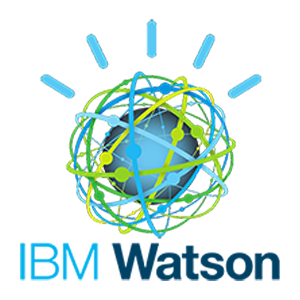 IBM Watson is clearly focused on B2B AI and voice applications. It gives a nod to consumer applications with solutions like GM’s Onstar, but it is really acting as an assistant for professionals tackling complex problems.
IBM Watson is clearly focused on B2B AI and voice applications. It gives a nod to consumer applications with solutions like GM’s Onstar, but it is really acting as an assistant for professionals tackling complex problems.
Watson was developed to address big, hairy problems that often involve multiple interdependencies. MS Office was developed to solve discrete productivity problems and that is what customers trust Microsoft to do for them. Microsoft’s acquisitions of Yammer and LinkedIn were clearly designed to build on that legacy of serving business professionals. Even Skype is seen now as a business productivity tool despite its consumer product heritage.
Microsoft also knows more about the professional productivity space than its competitors. It should be a short leap to help its development community optimize voice and AI solutions for this segment. Cortana could provide a strategy that facilitates another decade of dominance by Office.
B2C Will Only Sap Resources from B2B Excellence
Microsoft is a big company and can only move the needle on its revenue if it operates in large markets. There is little doubt that the consumer market for voice assistants must appear tantalizing. However, if Microsoft invests heavily in the consumer segment, they will be risking underperformance in the business productivity market. That would open the door for Google which would like to expand its G Suite business or IBM moving from problem-solving to productivity enhancement with Watson.
Instead, Microsoft should double-down on business users, develop a dominant beachhead for Cortana like they did with Office and use that as a platform to eventually move into general purpose segments, even consumer applications. Satya Nadella has shown a penchant for focusing Microsoft on its new mission to “empower every person and every organization on the planet to achieve more.” That sounds like a call to enhanced productivity and Cortana could be Microsoft’s ticket to dominating that B2B segment as AI-enabled voice assistants go mainstream.
Follow @bretkinsella
Surprise! Microsoft Cortana Has a Larger User Base Than Amazon Alexa
Cortana to Introduce Skype Two-Way Calling on Harman Kardon Device


